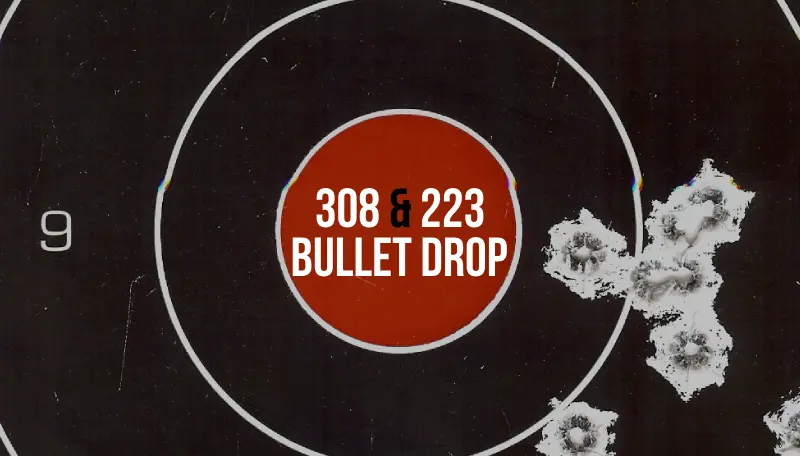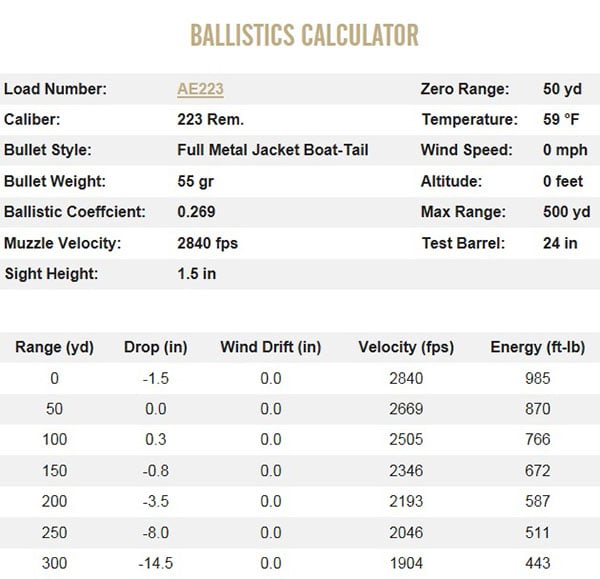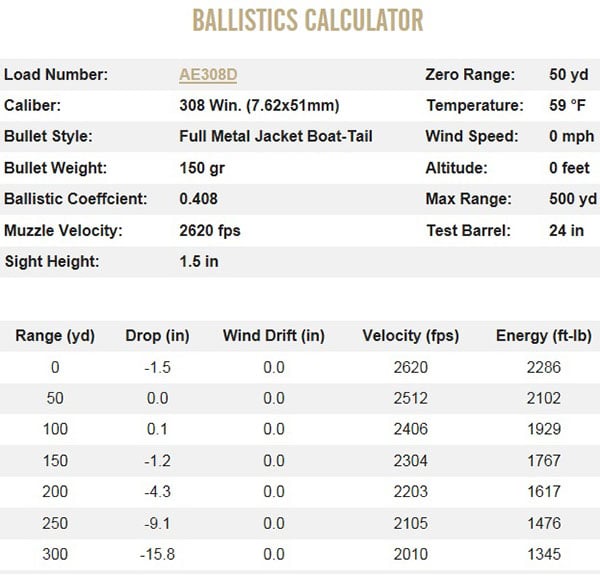
I will start with the assumption that everyone gets the concept of gravity. If you don’t then have a friend throw apples at your head until you do. In shooting, the second the bullet exits the barrel gravity takes hold and starts to pull the bullet down towards the ground. The longer the bullet is in the air, the further down it will travel as well. This is why when you are shooting at various distances it is important to know the distance and know how far your bullet will drop so that you can compensate.
Gravity is not the only thing acting on your bullet however, there is also the air. How long your bullet stays in the air also depends on the shape. Different shaped bullets will have different levels of drag and some will fly longer and straighter than others. The weight of the bullet is another factor. Gravity exerts more force on a heavier bullet and pulls it down faster. Ironically heavier bullets also have more energy and at longer distances can actually drop less. Finally you have to consider the initial velocity of the bullet. The faster it starts the longer it stays airborne.
If you are a tactical shooter and just looking to hit a man-sized silhouette at intermediate ranges (out to 300 yards) your worries are minimal. Past that it starts to matter, and it matters a lot if you are a hunter or otherwise need to make a precision shot. Knowing your distance and bullet performance for your specific load will allow you to make the needed changes on your scope or simply to hold over.
Compensating for the .223
To keep things simple lets stick with standard 55 and 62 grain FMJ military loads. On any rifle the sights are some distance above the bore line which has a slight upward angle (the height of the sights is another factor to consider). At short distances the bullet will impact below your point of aim then travel upwards and intersect the point of aim at the distance where you sighted in then start to drop.
Barrel length is another factor that affects velocity. The shorter the barrel the less velocity you get. On a .223 AR you lose about 50 FPS for every inch of barrel you take off. The typical test length for barrels can be 24 inches so if you are using a 16 inch barrel carbine you need to deduct about 400 FPS.
The popular advice is to sight your .223 AR at 50 yards and you will be zeroed in at 200 yards as well. Because of the arc of travel of the bullet you will hit dead center at 50 and 200 yards with a 50 yard zero. That is actually not correct. Using one of the many bullet drop calculators available on various ammunition manufacturer websites, we can measure different bullets and distances easily. For example in this .223 ballistics chart I lowered the velocity to compensate for a 16 inch barrel instead of the 24 inch barrel listed:
At 500 yards you lose almost the entire height of a person and even at 200 yards the bullet is 3.2 inches below the point of aim. The situation is worse for a 62 grain .223 FMJ bullet since the higher weight also reduces muzzle velocity to around 2,700 FPS. If you zero that in at 50 yards, it will hit 4.2 inches low at 200 yards. At 500 yards you hit 72.2 inches (6 feet) low and at 1,000 yards it is 549.3 inches low or more than 45 feet. Add to all of this any cross winds and unless you really know what you are doing, you may as well be throwing rocks.
Compensating for the .308
It turns out that zeroing a .308 AR at 50 yards works just as well. Using standard military FMJ 150 grain ammo from a 20 inch barrel rifle you only drop 4.3 inches at 200 yards. In fact the bullet drop and performance is about the same as for the .223 round fired from a carbine, but of course the .308 has a lot more energy. This energy has the advantage at longer distances and the .308 doesn’t drop as far as the .223 past 500 yards. This load at 1,000 yards drops 480.2 inches (five feet less than the .223 above). In this .308 ballistics chart I lowered the velocity to compensate for a 20 inch barrel instead of the 24 inch barrel listed:
The lesson here is that if you need precision at medium distances or just want to hit a target at longer distances, you need to know exactly how your bullet will perform. Pick a rifle and pick a load, and stick with it. Then you can make yourself a cheat sheet with distances and bullet drops that you can quickly reference. Real snipers also have to consider elevation, angle, wind speed and wind direction, humidity and temperature. For the rest of us just sight your AR in at 50 yards and leave it alone.
Ballistic Calculators
The simplest thing to do is to use one of the many ballistic calculators available online. It helps if you can chronograph your load so you know exactly what your average velocity is for your ammo and your rifle. These calculators are also available as apps for smart phones:
Hornady
https://www.hornady.com/team-hornady/ballistic-calculators/
Winchester
Thumb image courtesy of Wikimedia Commons.






Comments (0)
223 and .308 Bullet Drop and Sighting In - Guns N' Tacossays:
October 13, 2015 at 5:48 pm[…] Read the full article at 1-800-guns-and-ammo: http://blog.1800gunsandammo.com/223-and-308-bullet-drop-and-sighting-in/ […]
223 Ammo Chartsays:
October 27, 2017 at 6:32 pm[…] .223 and.308 Bullet Drop and Sighting In | The Blog of the. – Oct 13, 2015. Jorge Amselle explains the challenges of sighting in.223 and.308. For example in this chart I lowered the velocity to compensate for a 16. […]